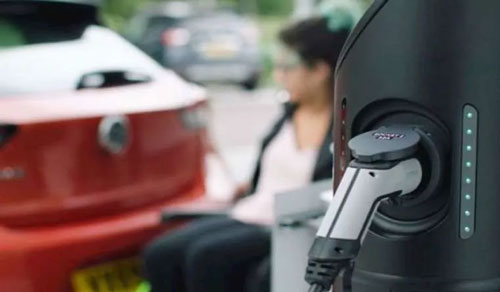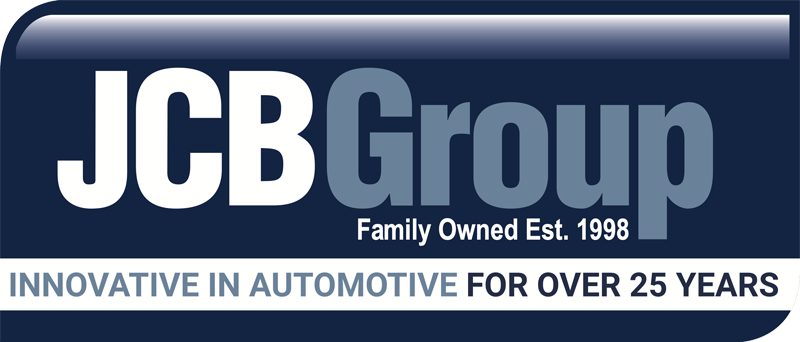Electric Cars
How we'll help you charge your car
If you’re leasing your first fully electric car on the Motability Scheme, we’ll support you with charging your car.
We’ll arrange and cover the cost of a home chargepoint and a standard installation.You’ll have to pay extra if you need a non-standard installation. For example, if your parking space is not next to your home or your electrical equipment needs to be upgraded.
Or, if you do not have off-street parking or you cannot have a home chargepoint installed, we’ll give you access to the bp pulse network of public chargepoints instead.

Plan ahead with Zapmap
Even if you charge your car at home, it’s likely you’ll still need to use a public chargepoint at some point during your lease.
Whether you're running errands in your area or going on a long journey, it’s important to plan ahead so you know where to find them.
The Zapmap app can help you find the best places for you to stop and recharge before you set off.
Remember, charging an electric car will take longer than refuelling a petrol or diesel car. Even if you charge your car at home, it’s likely you’ll still need to use a public chargepoint at some point during your lease.
Using other chargepoints
There are over 42,000 chargepoints across the UK, made up of lots of different networks.
Each network sets its own costs, and these might be different, depending on how you choose to pay – for example, whether you pay a subscription or pay-as-you-go. The speed of the charger will affect the cost too.
You could be charged a connection fee and you might need to download an app first. You can save your payment information in some apps.
The speed of the charger and where the chargepoint is can also affect the cost – for example, motorway service stations are generally more expensive, but they also usually have faster chargers.
You’ll find chargepoints have different levels of accessibility.
Charging speeds
Kilowatts (kW) relate to how fast your car battery charges up.The higher the kW, the quicker your car will charge – a 7kW charger will give you around 30 miles of charge each hour.
A 150kW ultra-fast charger will give you up to 200 miles of charge in 30 minutes.
Remember – the faster a charger is, the more expensive it’s likely to be.
Make sure you check the charger you’re using suits the model of your car, as not every car is compatible with an ultra-rapid charger.
Check your car’s manual or manufacturer’s website to find out if your car is compatible.
Things to consider
- We’ll arrange and cover the cost of a home chargepoint and a standard installation, or give you access to over 9,000 bp pulse chargers if you cannot charge at home
- Make sure you know where your nearest public chargepoints are
- You’ll need a smart phone or smart device if you want to use smart charging options
- Allow extra time to travel, as charging an electric car can take longer than a petrol or diesel car, and you might need to wait for a chargepoint to become available
- Always charge your car so it’s between 20% and 80% full, not 100% full – this is better for the overall lifespan of your battery
- Public chargepoints have different charging speeds and you might need an extra app to use them
Charging cables
All electric cars available on the Scheme come with the cable to charge it.The type of plug your specific car has might affect which public chargepoints you can use, but many new public chargepoints have multiple plug types.
Tethered cables are connected to the chargepoint – these are light, as you only have to connect one end of the cable.
Untethered can be heavy, as you’ll need to connect both ends of the cable – one to the chargepoint and one to your car.
Different cable types
- Access over 9,000 bp pulse chargers, if you cannot charge at home
- Type 2 – fast becoming the most popular type of plug used by most European brands
- CHAdeMO – a rapid charging plug used by Nissan and Mitsubishi
- CSS (Combined Charging System) – the standard type of rapid charging plug used by European brands
- UK 3 pin plug – generally only used in an emergency, as it takes a long time to charge
- Untethered cables can be heavy, as you’ll need to connect both ends of the cable – one to the chargepoint and one to your car
New Vehicle Payment
You can now use your New Vehicle Payment to help towards the cost of your Advance Payment. This is instead of getting the New Vehicle Payment a few weeks after you've picked up your new vehicle and already paid your Advance Payment. We hope that giving you this option will make it easier for you to order your next vehicle on the Scheme.
Book An Appointment
Book a no-obligation appointment with one of our Motability specialists. They will be happy to answer any queries you have about the Motability scheme and provide you with further information on the options available to you.
Had a Good Experience?
Have you purchased a Motability vehicle from JCB Group? We would love to hear your feedback. Good or otherwise, your feedback helps us to improve our service.


